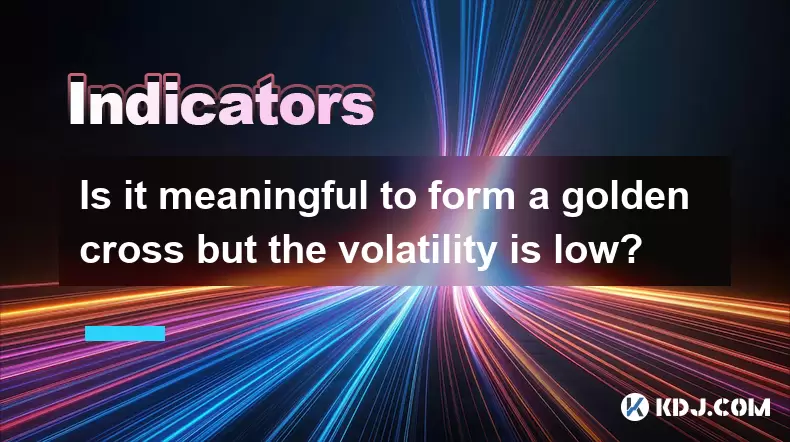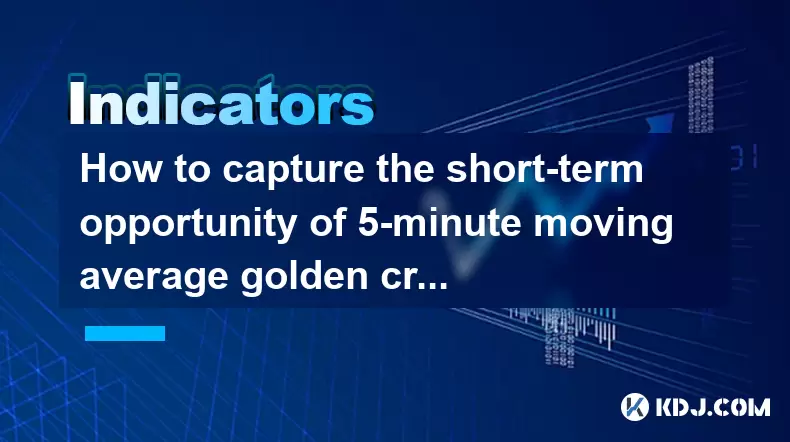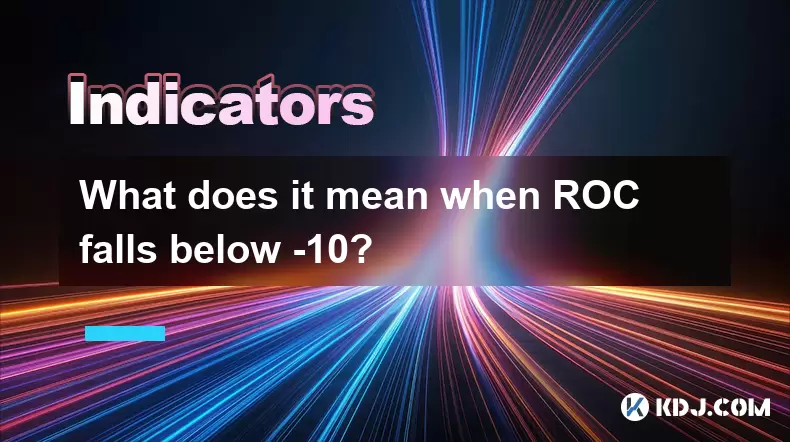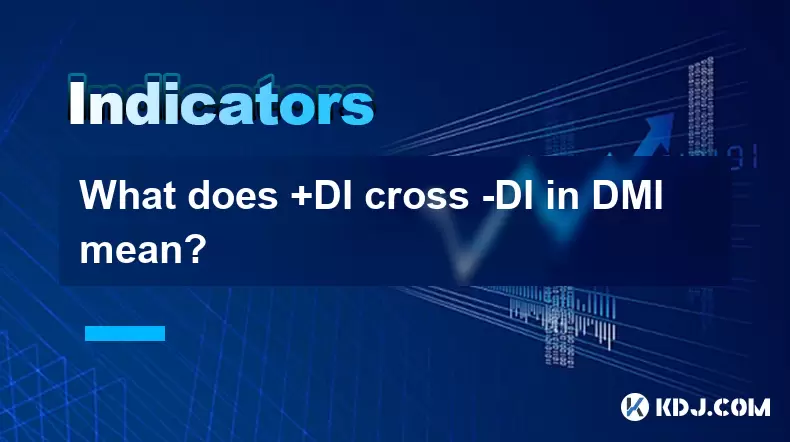-
 Bitcoin
Bitcoin $118900
1.66% -
 Ethereum
Ethereum $3735
1.35% -
 XRP
XRP $3.506
0.71% -
 Tether USDt
Tether USDt $1.000
-0.01% -
 BNB
BNB $799.4
5.78% -
 Solana
Solana $202.0
1.87% -
 USDC
USDC $0.9999
0.00% -
 Dogecoin
Dogecoin $0.2661
1.89% -
 Cardano
Cardano $0.8877
1.59% -
 TRON
TRON $0.3173
2.45% -
 Hyperliquid
Hyperliquid $45.00
2.59% -
 Stellar
Stellar $0.4723
3.40% -
 Sui
Sui $3.970
1.32% -
 Chainlink
Chainlink $19.67
1.94% -
 Hedera
Hedera $0.2710
1.99% -
 Avalanche
Avalanche $25.74
-0.01% -
 Bitcoin Cash
Bitcoin Cash $528.1
1.98% -
 Litecoin
Litecoin $120.1
3.57% -
 Shiba Inu
Shiba Inu $0.00001525
1.26% -
 UNUS SED LEO
UNUS SED LEO $8.989
-0.01% -
 Toncoin
Toncoin $3.304
1.74% -
 Polkadot
Polkadot $4.531
3.38% -
 Uniswap
Uniswap $10.74
2.51% -
 Ethena USDe
Ethena USDe $1.001
0.00% -
 Monero
Monero $325.5
2.44% -
 Pepe
Pepe $0.00001413
1.31% -
 Bitget Token
Bitget Token $4.860
0.85% -
 Dai
Dai $0.9999
0.01% -
 Aave
Aave $307.3
-2.07% -
 Bittensor
Bittensor $448.8
2.91%
Is it meaningful to form a golden cross but the volatility is low?
A golden cross in crypto suggests a potential bullish trend, but its reliability drops in low-volatility markets where price movement lacks momentum.
Jun 29, 2025 at 01:21 pm

Understanding the Golden Cross in Cryptocurrency
In the world of cryptocurrency trading, technical indicators play a crucial role in analyzing price movements. One such indicator is the golden cross, which occurs when a short-term moving average crosses above a long-term moving average. Typically, this refers to the 50-day moving average crossing above the 200-day moving average. This event is generally seen as a bullish signal and often interpreted by traders as a potential sign of an upcoming uptrend.
However, not all golden crosses lead to strong price rallies. In certain market conditions, especially when volatility is low, the significance of this crossover can be questioned. Traders may wonder whether a golden cross still holds value when the market appears stagnant or lacks momentum.
Golden cross is not just a visual pattern; it's a psychological trigger for many investors who rely on technical analysis.
What Does Low Volatility Indicate?
Volatility measures how much the price of an asset fluctuates over time. In the crypto space, high volatility is common due to the speculative nature of the market. When volatility drops, it usually signals that the market is consolidating or that there is a lack of interest from traders and investors.
A low volatility environment implies that large price swings are unlikely in the near term. It could also mean that major players (often referred to as "whales") are not actively buying or selling, leading to sideways movement. In such scenarios, even if a golden cross forms, its predictive power might diminish because the broader market sentiment isn't aligned with a breakout.
- Low volatility suggests reduced investor activity and minimal price fluctuations.
- It may indicate consolidation after a significant move up or down.
- Markets tend to stay range-bound during these periods, making breakouts less likely.
How the Golden Cross Functions in Low Volatility Conditions
When a golden cross forms under low volatility, the traditional interpretation of it being a buy signal becomes ambiguous. The key issue lies in the absence of momentum. A golden cross typically works best when it coincides with increasing volume and rising prices. However, in low volatility settings, both volume and price action tend to remain subdued.
This creates a scenario where the golden cross may appear valid technically but fails to produce any meaningful price movement. Traders relying solely on this signal might find themselves entering positions prematurely without sufficient confirmation from other indicators.
- Volume confirmation is critical in validating a golden cross.
- Without increased volume, the golden cross may act more like a false positive than a reliable signal.
- In low volatility, the market may ignore the golden cross altogether, remaining range-bound.
Combining Other Indicators for Better Analysis
Relying solely on the golden cross in a low volatility market can be risky. To improve accuracy, traders should consider combining this signal with other tools such as:
- Relative Strength Index (RSI): Helps determine overbought or oversold conditions.
- MACD (Moving Average Convergence Divergence): Offers insights into trend strength and direction.
- Bollinger Bands: Can highlight potential breakouts or continued consolidation.
Using multiple indicators helps filter out false signals and increases the likelihood of identifying genuine opportunities. For instance, if the RSI is showing a bullish divergence while the MACD line crosses above the signal line, it may reinforce the validity of the golden cross despite low volatility.
Historical Examples in Cryptocurrency Markets
Looking back at historical data, several instances can be found where a golden cross occurred during a period of low volatility. For example, in late 2019 and early 2020, Bitcoin experienced several golden crosses while trading in a tight range before eventually breaking out in late 2020.
In contrast, some altcoins have shown golden crosses during bear markets only to continue declining afterward. These cases illustrate that while the golden cross is a powerful tool, its effectiveness depends heavily on prevailing market conditions and supporting factors like volume and broader market sentiment.
- Bitcoin’s 2019–2020 consolidation phase saw multiple golden crosses before a major rally.
- Certain altcoins during the 2018 bear market showed golden crosses that did not result in upward movement.
- These examples demonstrate that context matters more than the signal itself.
Frequently Asked Questions
Q: Can a golden cross occur in a downtrend?
Yes, a golden cross can technically occur in a downtrend if the short-term moving average rises above the long-term one, even if the overall trend remains downward. However, its reliability in such environments is questionable without additional confirmation.
Q: Should I always trade based on a golden cross?
No, it’s not advisable to make trades based solely on a golden cross. Always combine it with other technical indicators and analyze volume, market structure, and broader sentiment before making decisions.
Q: How long does a golden cross remain relevant?
The relevance of a golden cross varies depending on market conditions. Some traders monitor it for weeks or months, while others treat it as a short-term signal. Its longevity depends on whether the price follows through with a confirmed breakout.
Q: What is the opposite of a golden cross?
The opposite of a golden cross is a death cross, which occurs when the short-term moving average crosses below the long-term moving average, often signaling a bearish trend.
Disclaimer:info@kdj.com
The information provided is not trading advice. kdj.com does not assume any responsibility for any investments made based on the information provided in this article. Cryptocurrencies are highly volatile and it is highly recommended that you invest with caution after thorough research!
If you believe that the content used on this website infringes your copyright, please contact us immediately (info@kdj.com) and we will delete it promptly.
- Sui Price, Open Interest, and the $4 Breakout: Will SUI Surge?
- 2025-07-23 22:50:13
- BlockDAG, XRP, and DOT: Riding the Crypto Wave Like a Wall Street Pro
- 2025-07-23 23:10:13
- NFT Penguins Rally: PENGU's Rise and the CryptoBatz Bounce
- 2025-07-23 23:10:13
- Dogecoin's Future: Will the Meme Dream Live On?
- 2025-07-23 22:30:13
- Mara's Bitcoin Bet: Debt, Mining, and Shadow Banking?
- 2025-07-23 22:30:13
- Rick Harrison, Gold Coins, and Pawn Stars: A Deep Dive into the World of High-Stakes Haggling
- 2025-07-23 23:15:12
Related knowledge

How to capture the short-term opportunity of 5-minute moving average golden cross + 1-minute MACD bar line volume?
Jul 23,2025 at 10:29pm
Understanding the 5-Minute Moving Average Golden CrossThe 5-minute moving average golden cross occurs when a short-term moving average, typically the ...

What does it mean when ROC falls below -10?
Jul 23,2025 at 09:29pm
Understanding the Rate of Change (ROC) Indicator in Cryptocurrency TradingThe Rate of Change (ROC) indicator is a momentum oscillator used widely in t...

What does +DI cross -DI in DMI mean?
Jul 23,2025 at 09:49pm
Understanding the DMI Indicator ComponentsThe Directional Movement Index (DMI) is a technical analysis tool developed by J. Welles Wilder to assess th...

Advanced RSI strategies for crypto
Jul 13,2025 at 11:01am
Understanding the Basics of RSI in Cryptocurrency TradingThe Relative Strength Index (RSI) is a momentum oscillator used to measure the speed and chan...

Crypto RSI for day trading
Jul 12,2025 at 11:14am
Understanding RSI in the Context of Cryptocurrency TradingThe Relative Strength Index (RSI) is a momentum oscillator used to measure the speed and cha...

Crypto RSI for scalping
Jul 12,2025 at 11:00pm
Understanding RSI in the Context of Crypto TradingThe Relative Strength Index (RSI) is a momentum oscillator widely used by traders to measure the spe...

How to capture the short-term opportunity of 5-minute moving average golden cross + 1-minute MACD bar line volume?
Jul 23,2025 at 10:29pm
Understanding the 5-Minute Moving Average Golden CrossThe 5-minute moving average golden cross occurs when a short-term moving average, typically the ...

What does it mean when ROC falls below -10?
Jul 23,2025 at 09:29pm
Understanding the Rate of Change (ROC) Indicator in Cryptocurrency TradingThe Rate of Change (ROC) indicator is a momentum oscillator used widely in t...

What does +DI cross -DI in DMI mean?
Jul 23,2025 at 09:49pm
Understanding the DMI Indicator ComponentsThe Directional Movement Index (DMI) is a technical analysis tool developed by J. Welles Wilder to assess th...

Advanced RSI strategies for crypto
Jul 13,2025 at 11:01am
Understanding the Basics of RSI in Cryptocurrency TradingThe Relative Strength Index (RSI) is a momentum oscillator used to measure the speed and chan...

Crypto RSI for day trading
Jul 12,2025 at 11:14am
Understanding RSI in the Context of Cryptocurrency TradingThe Relative Strength Index (RSI) is a momentum oscillator used to measure the speed and cha...

Crypto RSI for scalping
Jul 12,2025 at 11:00pm
Understanding RSI in the Context of Crypto TradingThe Relative Strength Index (RSI) is a momentum oscillator widely used by traders to measure the spe...
See all articles

























































































